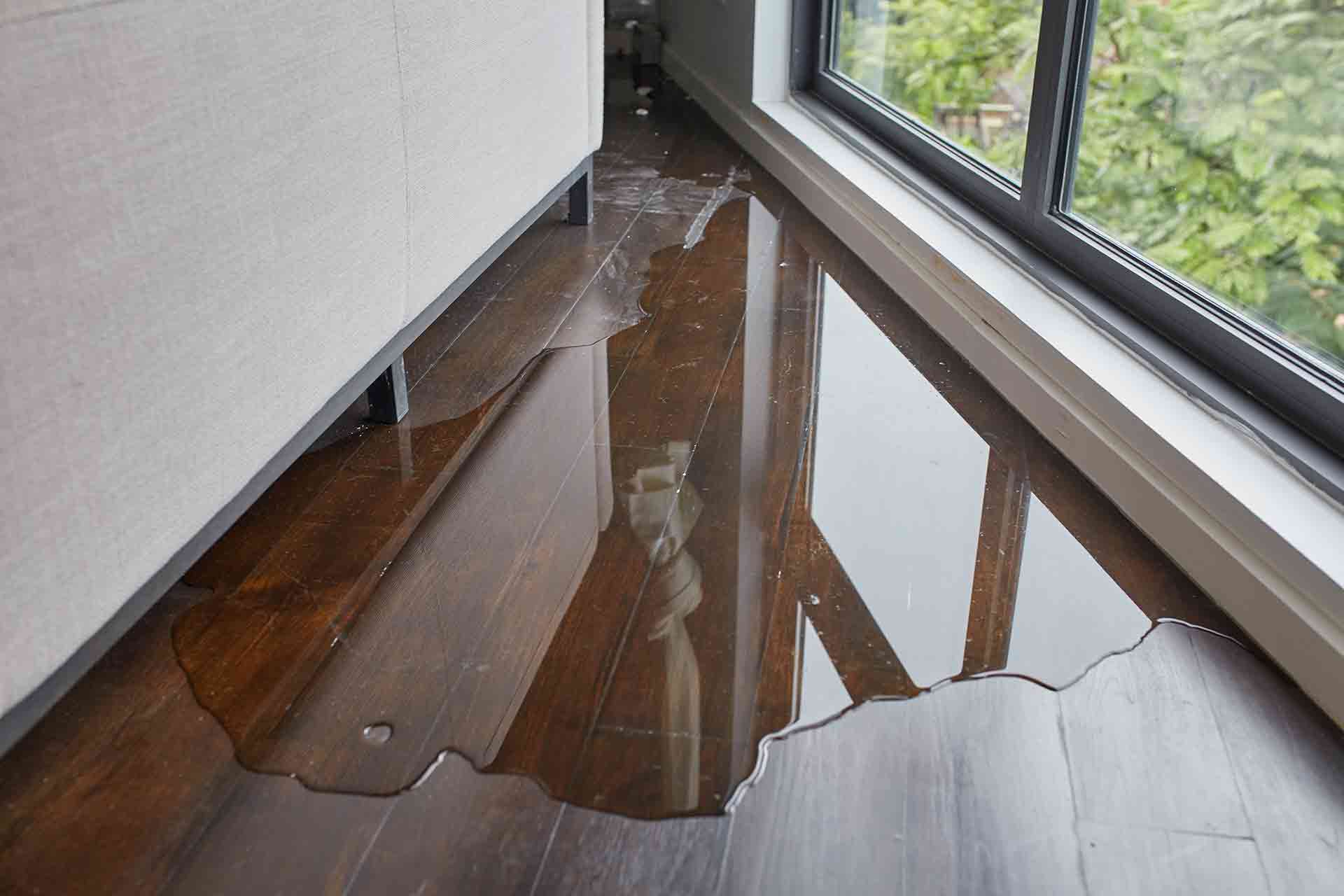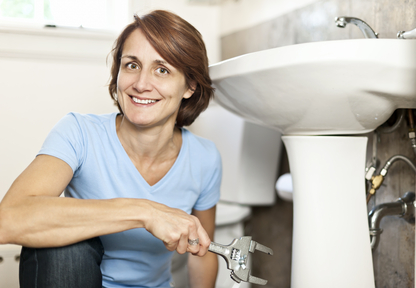Have you been hunting for critical information on How to Prevent Bathroom Water Damage?

The bathroom is extremely vulnerable for moist accumulation and potential water damage due to the frequent use of water in it. This short article provides easy evaluation techniques to help spotting water damage hazards.
The frequent use water in the washroom makes it exceptionally at risk for damp build-up as well as potential water damage. By inspecting it consistently, you can lower water relevant damages.
The following collection of examinations is very easy to carry out and need to be done as soon as in every 3 months in order to keep your bathroom healthy as well as to avoid potential water damages brought on by the bath tub, the shower, pipe joints and also plumbing, sinks, closets, and also the commode
Do not disregard carrying out these inspections and also be detailed while executing them. Remember that these basic evaluations can save you a great deal of cash by supplying early indications for water damages
Tub as well as Shower
The shower and bathtub need special attention and also upkeep. Inspect the tiles and change if split. Ensure that there is no missing cement in between the tiles. Inspect and also change cracked caulking at joints where the walls fulfill the floor or the bathtub. Obstructed drains pipes and also pipelines problems will protect against the tub from drying and also may show major problems under the tub. Consult with a specialist right away to prevent architectural damage. Pay attention to discolorations or soft areas around the tub walls as they might suggest an inner leakage.
Plumbing
Signs for water damage are difficult to spot given that a lot of pipes are set up inside the walls.
Pay unique attention to floor covering and wall surfaces moisture and also stains as they might indicate an unseen plumbing issue. Examine wetness degrees in adjoining areas as well.
Sinks as well as Cabinets
Sinks and cupboards are exposed to wetness and also humidity day-to-day and are usually neglected. Evaluate routinely under the sink as well as on the kitchen counter above it. Fix any drip in the trap as it might suggest drainpipe troubles. Take a look around the sink, sluggish draining pipelines might indicate an obstructed drainpipe. Replace sink seals if they are split or loosened.
The Toilet
The bathroom is an at risk water junction. Inspect the water lines and also search for leaks around the bathroom seat, in the tube, and under the water storage tank. If you identify any indications of dampness on the floor around the toilet, look for leakages in the toilet rim and storage tank seals.
Realize that hanging toilet bowl deodorants boosts the opportunities for clogs.
Water Damage Signs In The Bathroom To Avoid Cleanup
Musty smell
This is one of the easiest signs to catch because musty smells are so odorous. The damp, earthy, moldy smell should be a big red flag. The smell will develop when moisture gets trapped in surfaces, and begins to facilitate mold growth. Leaking pipes under cabinets, inside walls, and behind shower fixtures will cause moisture to stay trapped and not dry, which will lead to mold growth and spread. As soon as you notice any musty smells in your bathroom, have it checked for hidden water damage and cleanup signs.
Visible mold
If the smell isn’t there to give it away, sometimes you will actually see mold growth. Finding mold in your bathroom is a serious problem, because mold is very harmful to your health. By the time mold growth is visible, it also means that water damage has already occurred and been present for some time. The only way the mold problem can be resolved is to find the source of the moisture and get it stopped. To safely and adequately remove mold, you need to have professionals handle the remediation. Do not waste any time in getting mold problems addressed, fixed, and sanitized so that you can protect you and your family from the many respiratory symptoms caused by mold exposure.
Damaged floors
Bathroom floors should be able to withstand some exposure to water while still remaining in good condition. However, when excess exposure or water leaks occur, they will begin to damage even the most water-resistant flooring. If you notice any cracking, bubbling, staining, or warping on your bathroom floors, there is probably a water leak somewhere causing the distortion. If you notice areas of the floor have become softer, or even have a spongy feeling, there is probably damage to the subfloor. Subflooring is typically made up of plywood. When plywood is exposed to water or moisture, it will absorb it. Once it has become saturated, the weight of the excess water will cause the wood to swell and soften. Check the floors in your bathroom frequently to catch any of these sings before they lead to damaged subflooring.
Changes on walls
When water leaks behind walls, it will cause changes in the drywall. Peeling plaster, blistering paint, and soggy wallpaper are all good indicators that excess water is building up behind the wall. Water leaking behind drywall will cause it to swell and be soft to the tough. If you start to notice gaps along the trim of your walls, or where tile meets the wall, it could also be a strong indicator that there is a leak behind the wall. Any changes, distortion, or damage on the walls should be evaluated as soon as you notice it to prevent further water damage and cleanup.

We were made aware of that report about How to Repair and Prevent Bathroom Water Damage from a good friend on our other domain. Be sure to take the time to promote this blog post if you appreciated it. Thank you for your time. Come back soon.
Schedule Now